1. Fresh Berries
Blueberries, strawberries, and raspberries add antioxidants, vitamins, and a natural sweetness.
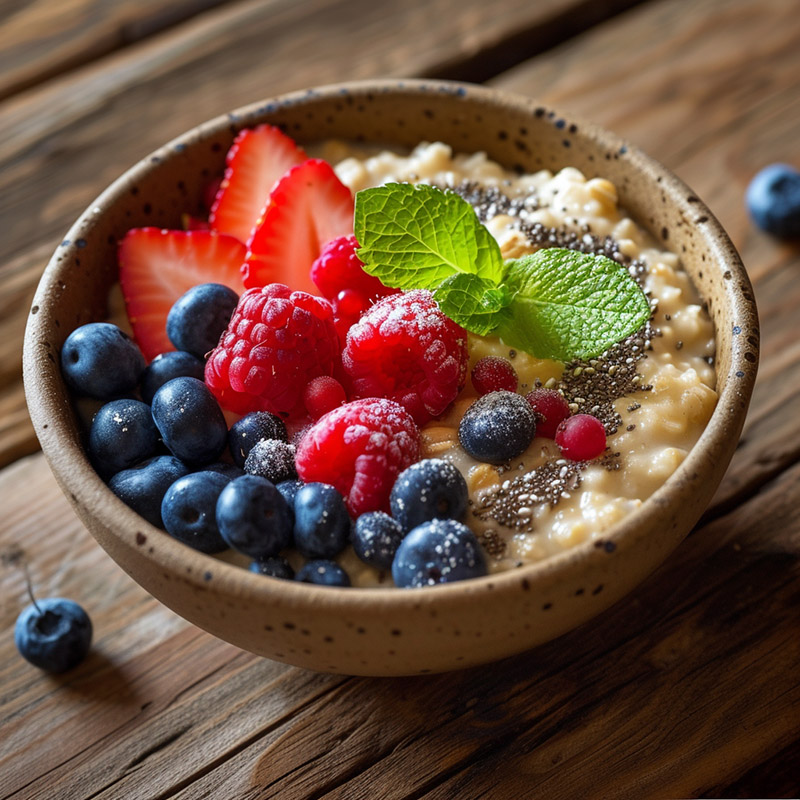
History of Fresh Berries
The consumption of wild berries dates back to prehistoric times, with evidence suggesting that early humans foraged berries long before the advent of agriculture. Cultivation of berries like strawberries and blueberries began more recently, with strawberries being cultivated in ancient Rome and blueberries in North America by indigenous peoples.
2. Sliced Banana
Bananas are a great source of potassium and fiber, and they lend a creamy texture and sweetness to oatmeal.
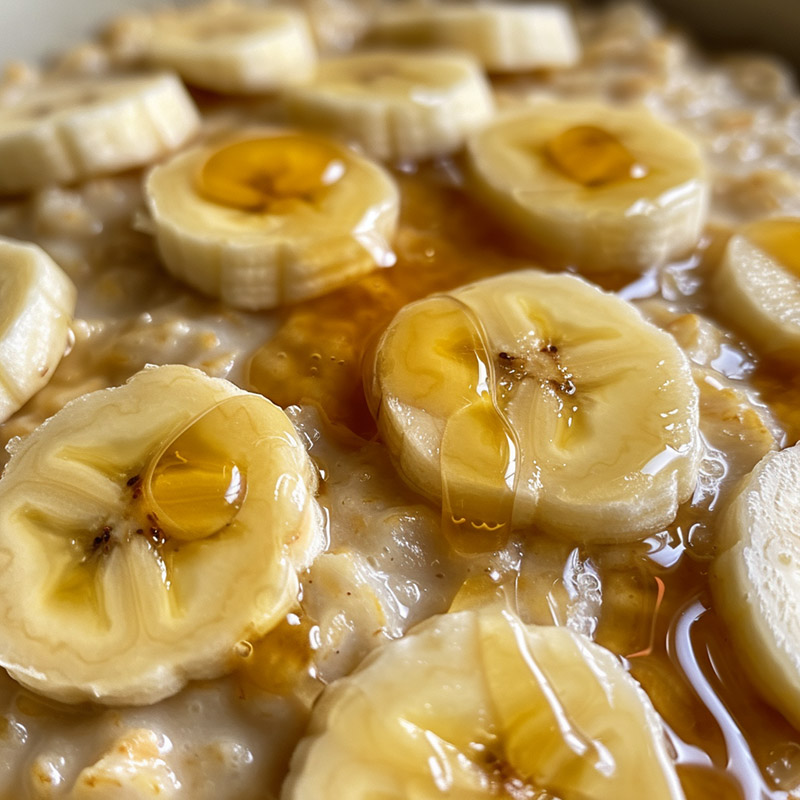
History of Bananas
Bananas are believed to have originated in Southeast Asia and Papua New Guinea. They have been cultivated for thousands of years, with early references to banana cultivation in Buddhist texts around 600 BCE. Bananas spread through Africa and the Middle East in the early centuries AD, reaching the Americas in the late 15th and early 16th centuries with European colonization.
3. Chia Seeds
Rich in omega-3 fatty acids, fiber, and protein, chia seeds can add a nice crunch and nutritional boost.
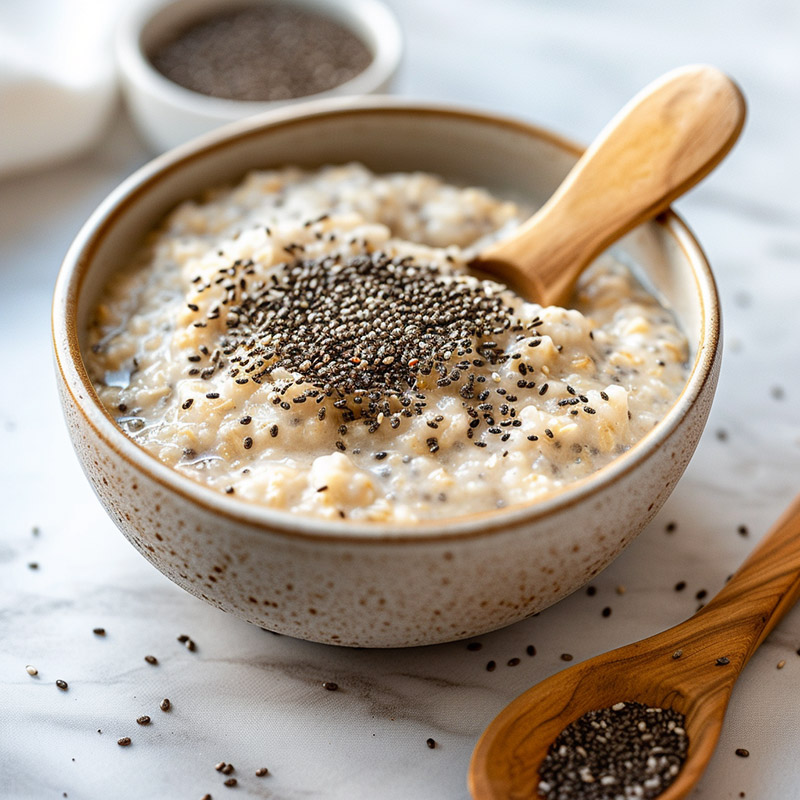
History of Chia Seeds
Chia seeds were a staple in the ancient Aztec and Mayan diets, prized for their ability to provide sustainable energy. "Chia" is the ancient Mayan word for "strength." Despite being a local staple, chia seeds have gained global popularity only in recent decades for their nutritional benefits.
4. Almonds or Walnuts
Nuts provide healthy fats, protein, and a satisfying crunch, enhancing the texture and nutritional profile of your oatmeal.
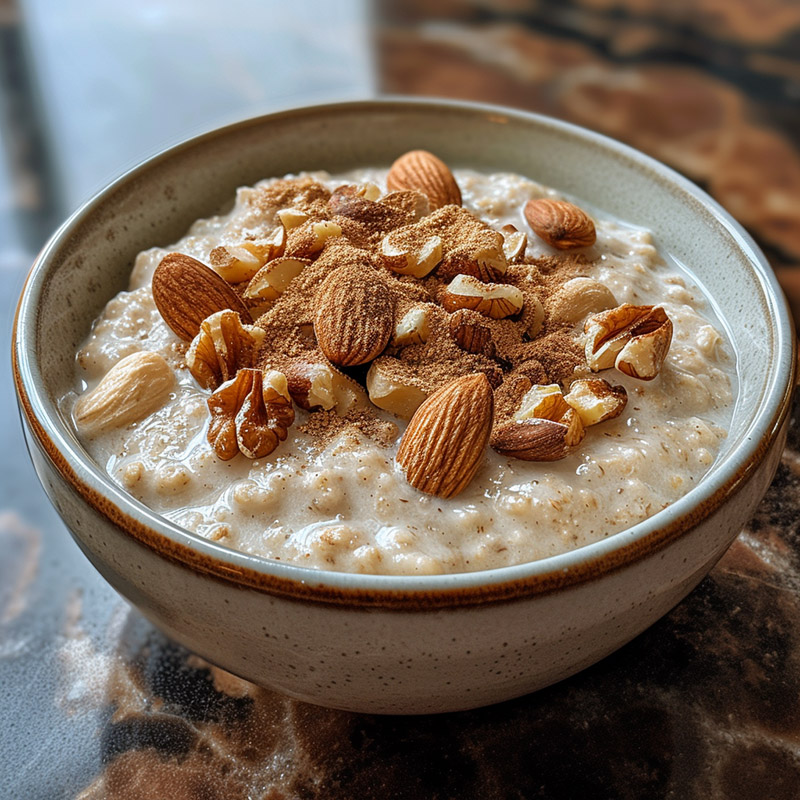
History of Almonds and Walnuts
Almonds are native to the Middle East, dating back to 4,000 B.C., and have been a part of human diets for thousands of years, spreading through the Mediterranean region and beyond. Walnuts have a similarly ancient history, with origins in Persia (modern-day Iran), from where they spread to the Mediterranean and other parts of the world.
5. Ground Flaxseed
High in fiber and omega-3 fatty acids, ground flaxseed can add a nutty flavor and extra nutrients.
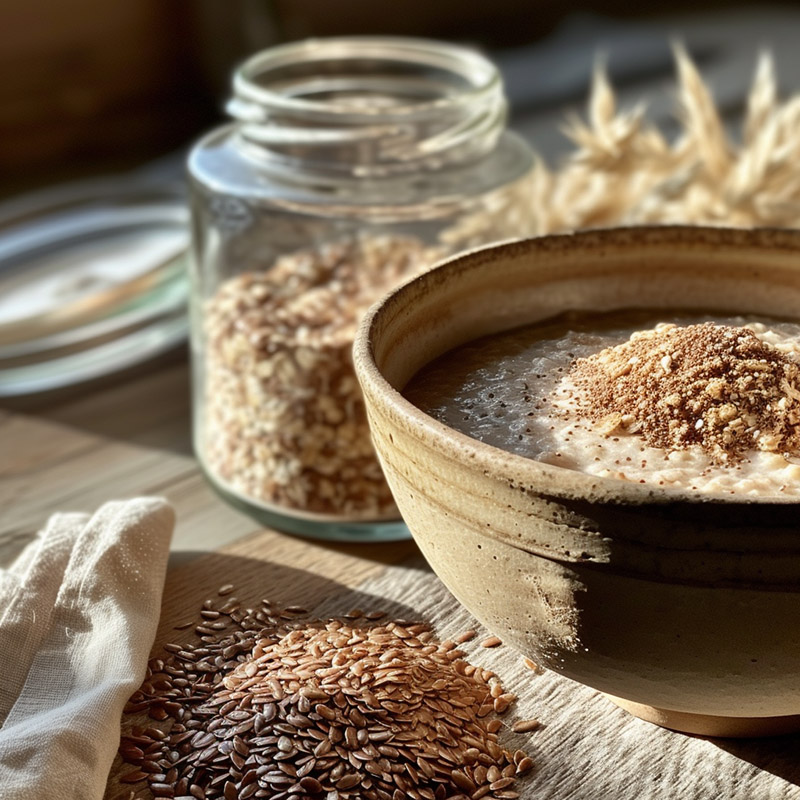
History of Flaxseed
Flaxseed has been cultivated since ancient times, with its origins tracing back to Mesopotamia around 5000 BCE. It was cultivated for its seeds, which were used for food and oil, and for flax fibers, used in clothing. Flaxseed was a crucial crop in ancient Egypt and later in Europe.
6. Peanut or Almond Butter
A spoonful of nut butter can add healthy fats, protein, and a rich, creamy texture.
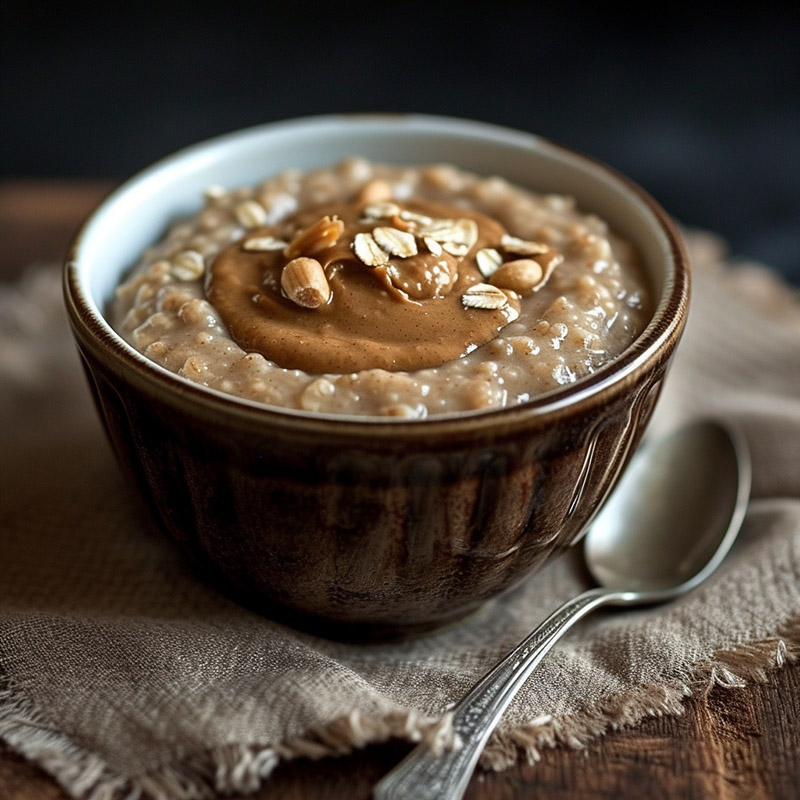
History of Peanut and Almond Butter
Peanut butter, as we know it today, was developed in the United States in the 1880s as a health food for patients without teeth. Its popularity soared in the 20th century. Almond butter is a more recent invention, gaining popularity with the rise of dietary restrictions and the search for alternative protein sources.
7. Cinnamon or Nutmeg
Spices like cinnamon and nutmeg add flavor without sugar, and cinnamon has the added benefit of regulating blood sugar levels.
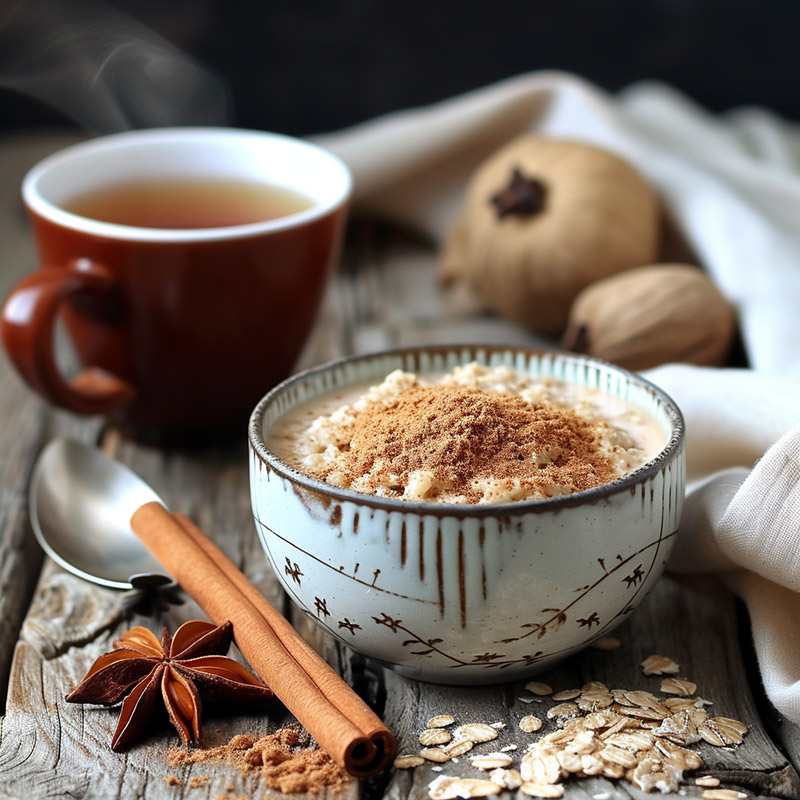
History of Cinnamon and Nutmeg
Cinnamon has been known since ancient Egyptian times, around 2000 BCE, used in the embalming process and as a flavoring. It originates from Sri Lanka and the surrounding region. Nutmeg is native to the Banda Islands of Indonesia and was a valuable commodity in the spice trade of the Middle Ages, leading to European colonial competition in Southeast Asia.
8. Greek Yogurt
A dollop of Greek yogurt can increase the protein content and add creaminess, along with probiotics for gut health.
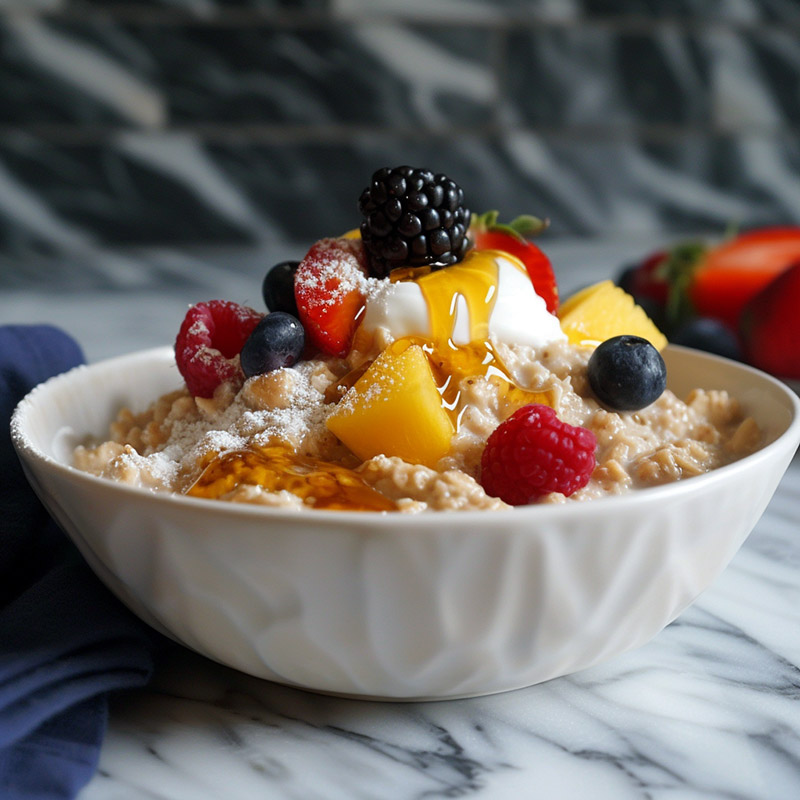
History of Greek Yogurt
The origins of yogurt are believed to date back to 5000 BCE in Mesopotamia. The straining process to make Greek yogurt, however, which results in a thicker, creamier yogurt, is thought to have started in the Middle East and Greece. It has been a staple in diets in this region for centuries.
9. Honey or Pure Maple Syrup
For a touch of natural sweetness, a drizzle of honey or maple syrup can go a long way. They're natural sweeteners that also contain antioxidants.
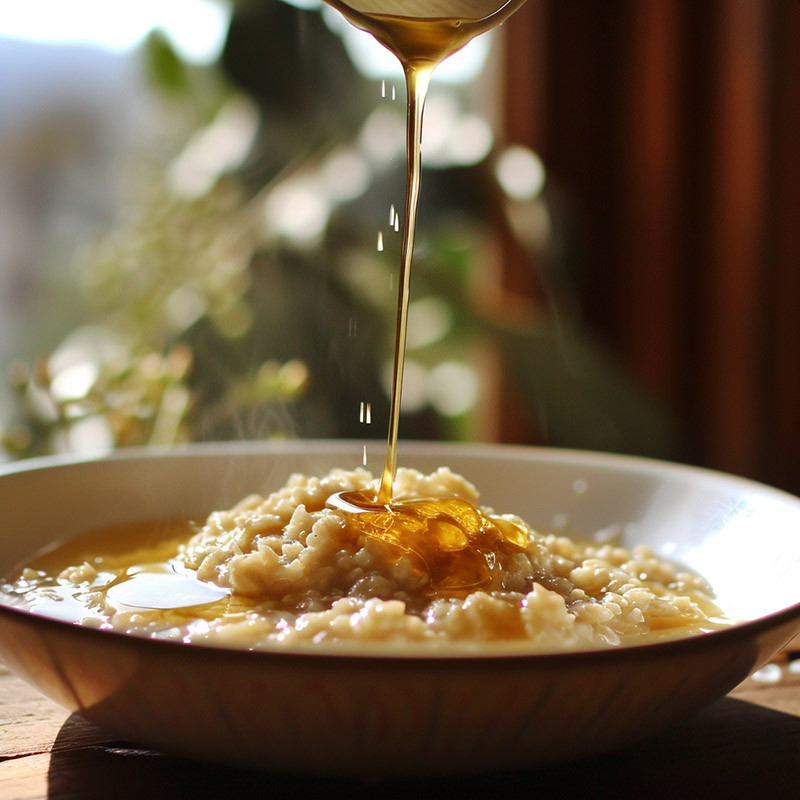
History of Honey and Maple Syrup
Honey has been collected from wild beehives since ancient times, with evidence of human honey collection dating back to 8000 BCE. Maple syrup has its origins with the indigenous peoples of North America, who were the first to tap maple trees for sap and boil it down into syrup.
10. Dried Fruit
Raisins, dried cranberries, or apricots add a chewy texture and a concentrated source of sweetness and nutrients, but be mindful of the added sugars in some dried fruits.
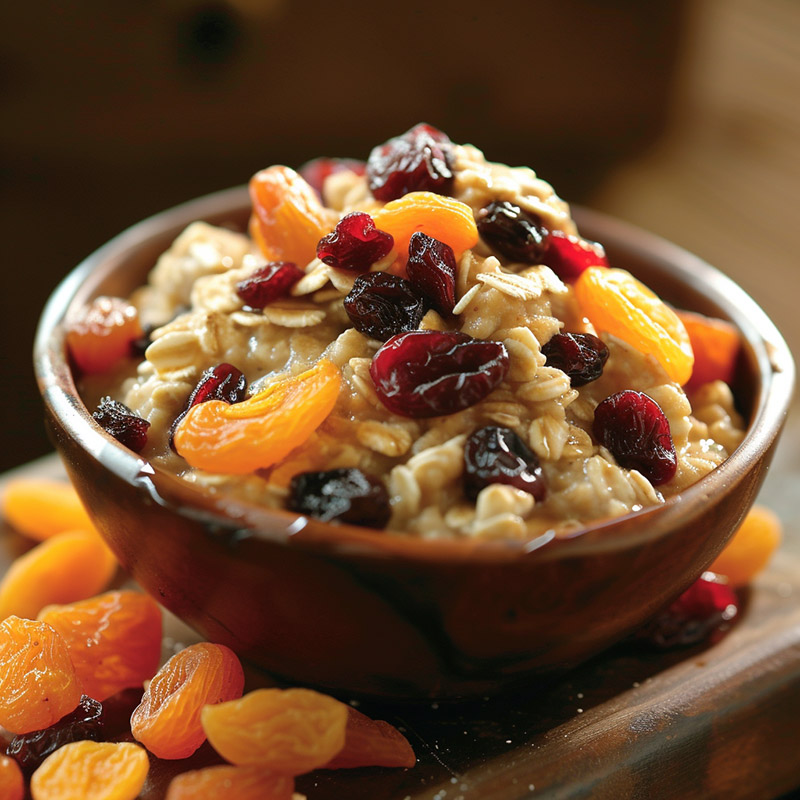
History of Dried Fruit
The practice of drying fruit for preservation dates back thousands of years, with early evidence in Mesopotamia and ancient Egypt. Drying allowed ancient peoples to store fruit for use throughout the year and trade with distant lands.